(ex. VAT)
0
£0.00
Defibrillators are medical devices used to deliver an electric shock to the heart in order to restore its normal rhythm in cases of cardiac arrest. Cardiac arrest occurs when the heart suddenly stops beating effectively, and immediate defibrillation is crucial to help save a person’s life.
Defibrillators work by delivering a high-energy electric shock to the heart through paddles or electrode patches placed on the chest. This shock interrupts the chaotic electrical activity of the heart and allows the heart’s natural pacemaker to regain control and restart the normal electrical rhythm.
There are two main types of defibrillators: external defibrillators and implantable defibrillators.
1. External defibrillators: These are portable devices commonly found in public places like airports, schools, or stadiums. They are designed for use by trained individuals or healthcare professionals. External defibrillators can be automatic (AED) or semi-automatic. AEDs analyze the heart’s rhythm and deliver a shock only when necessary, whereas semi-automatic defibrillators require the user to manually deliver the shock after analyzing the rhythm.
2. Implantable defibrillators: These are surgically placed inside the body, typically under the skin near the collarbone. Implantable defibrillators continuously monitor the heart’s rhythm and automatically deliver a shock if a life-threatening arrhythmia is detected. These devices are often recommended for individuals with a high risk of sudden cardiac arrest.
Since defibrillators are meant for emergencies, it is crucial to call emergency services or medical professionals whenever they are used. Proper training and certification are recommended to ensure effective and safe usage of defibrillators in emergency situations
Showing 1–16 of 18 results
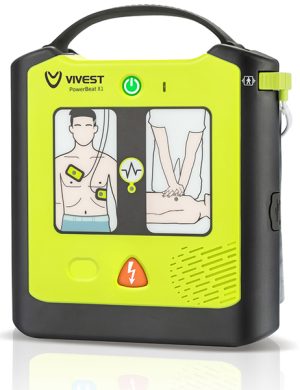

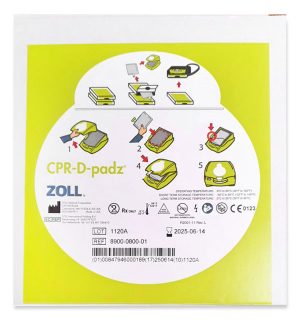

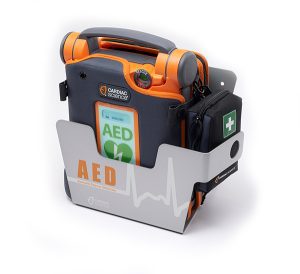




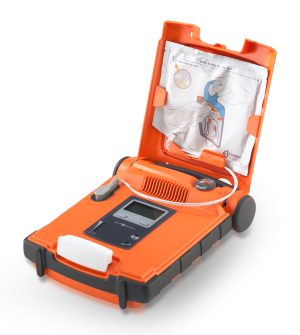
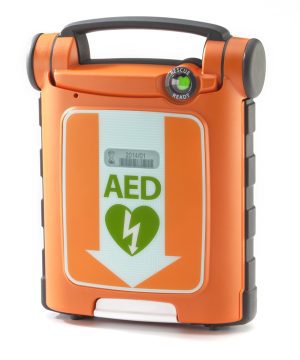
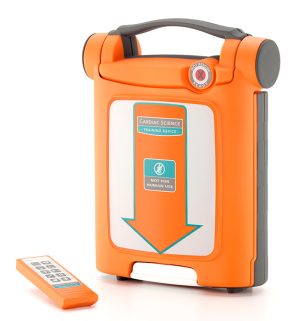


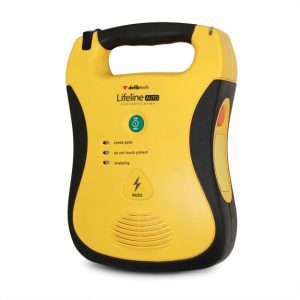
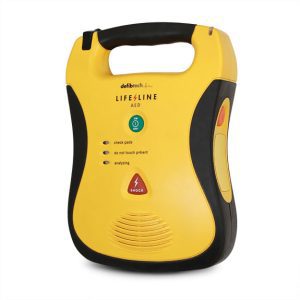
Have a custom order to make or just have questions about some of our products? Use this form to ask us, and our experts will be in touch as soon as possible.
Keep up to date with our latest news and offers and be the first to hear about our upcoming releases.
VAT number: 327 5318 03
Company Number: 12731351
EORI: GB327531803000
D-U-N-S® Number: 226063916
Copyright © 2024 – All Rights Reserved
Aldea Group UK LTD – The UK’s trusted Industrial & Commercial Equipment Store.
All images and content within this website and copyrighted and may not be copied or reproduced without obtaining consent. We take no responsibility for content, images or any advice offered within this website, and its employees and officers are to held harm free.
Uploaded Failed |  |